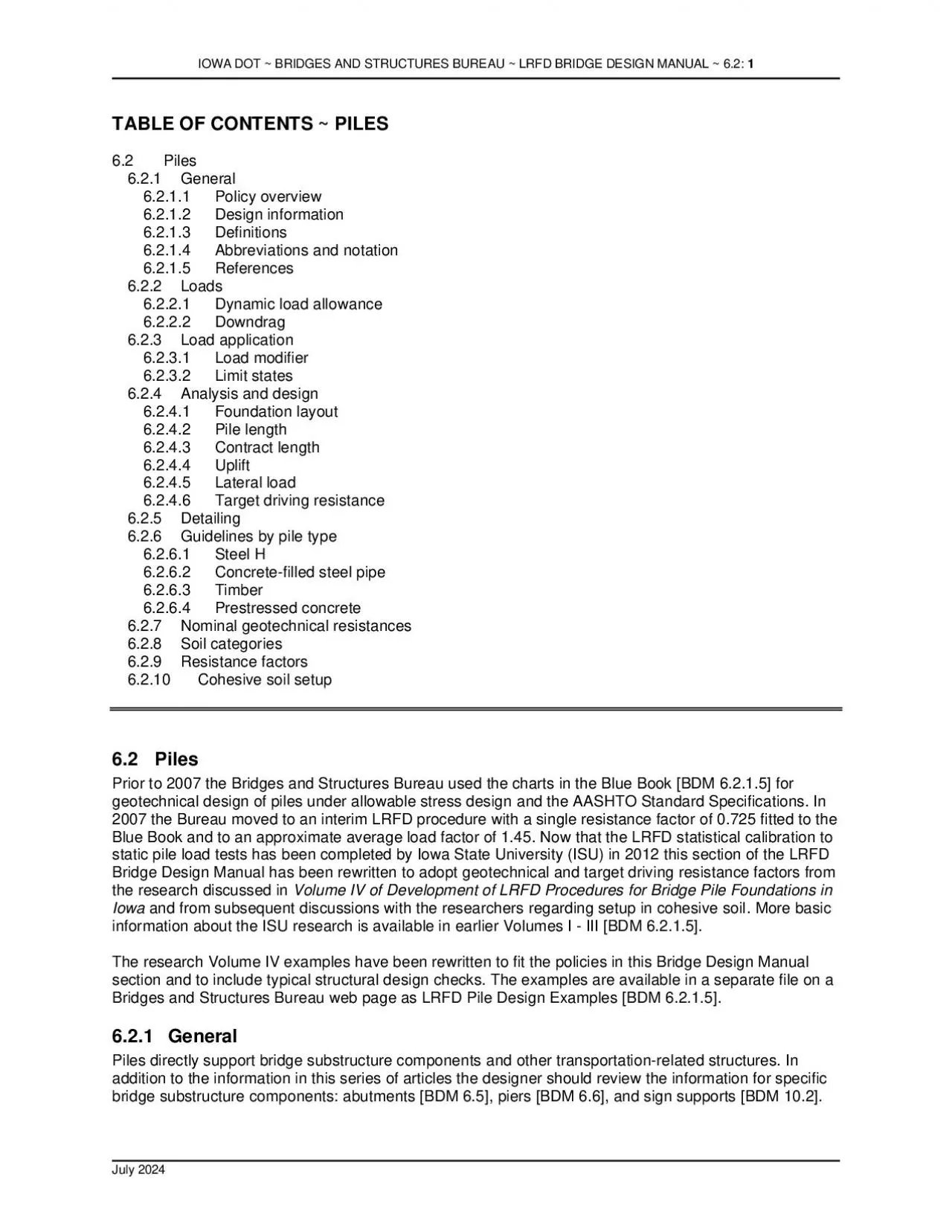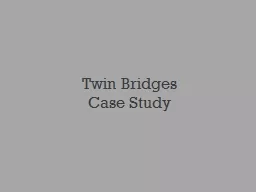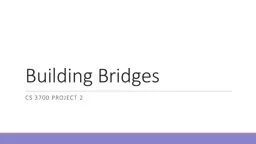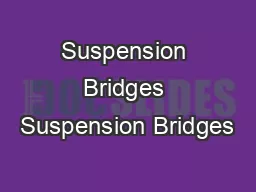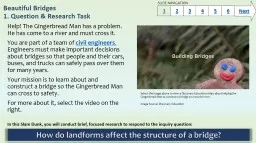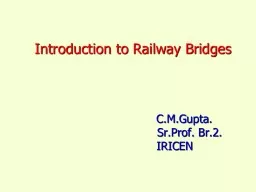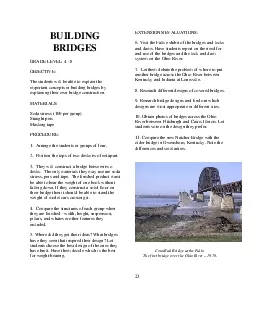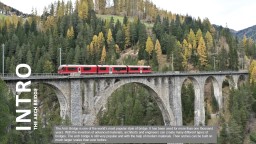PDF-x0000x0000IOWA DOT BRIDGES AND STRUCTURES BUREAU LRFD BRIDGE
Author : alyssa | Published Date : 2021-06-08
TABLE OF CONTENTS PILES62Piles621General6211Policy overview6212 62PilesPrior to 2007 the Bridges and Structures Bureauused the charts in the Blue Book BDM 6215
Presentation Embed Code
Download Presentation
Download Presentation The PPT/PDF document "x0000x0000IOWA DOT BRIDGES AND STRUCTUR..." is the property of its rightful owner. Permission is granted to download and print the materials on this website for personal, non-commercial use only, and to display it on your personal computer provided you do not modify the materials and that you retain all copyright notices contained in the materials. By downloading content from our website, you accept the terms of this agreement.
x0000x0000IOWA DOT BRIDGES AND STRUCTURES BUREAU LRFD BRIDGE: Transcript
Download Rules Of Document
"x0000x0000IOWA DOT BRIDGES AND STRUCTURES BUREAU LRFD BRIDGE"The content belongs to its owner. You may download and print it for personal use, without modification, and keep all copyright notices. By downloading, you agree to these terms.
Related Documents

